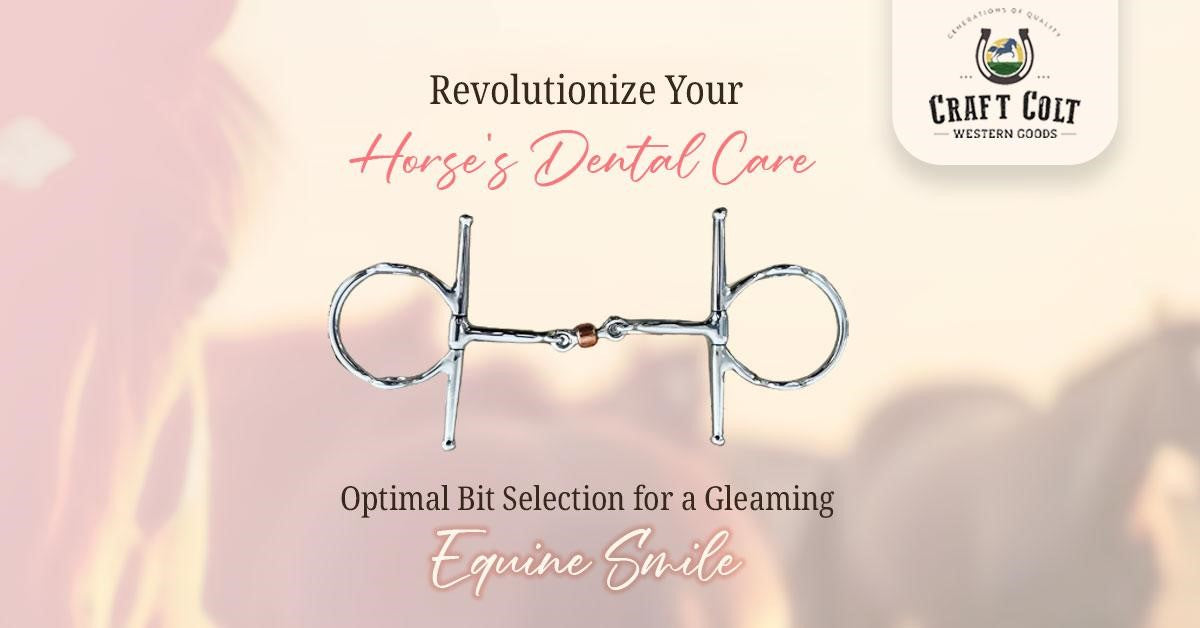Understanding the Benefits and Proper Use of Anti-Kick Bars for Cows
Anti-kick bars are an essential tool in modern cattle management, designed to enhance safety and efficiency in barns and stables. These devices play a crucial role in preventing injuries and ensuring a safer working environment for both cows and handlers. This blog post delves into the functionality of anti-kick bars, their benefits, proper installation techniques, and best practices for use, aiming to provide comprehensive insights into their importance in farm animal protection and barn safety practices.
What are Anti-Kick Bars?
Anti-kick bars are specialized devices used to temporarily restrain a cow's hind legs, preventing kicking. Typically made from durable materials like steel, these bars are designed to fit comfortably around the cow's legs, above the hocks, and are secured in place to minimize movement without causing distress or discomfort to the animal. Their design and functionality are centered around the safety and well-being of both the livestock and the handlers.
Benefits of Using Anti-Kick Bars for Cows
The implementation of anti-kick bars in cattle management brings numerous advantages:
- Increased Handler and Animal Safety: By preventing kicks, these bars significantly reduce the risk of injuries to farm workers and veterinarians during procedures such as milking, medical treatment, and grooming.
- Reduced Stress for Cows: Proper use of anti-kick bars can lead to a calmer environment, as cows become accustomed to routine handling without the need for forceful restraint.
- Prevention of Injuries: Minimizing erratic movements helps protect cows from self-inflicted injuries, promoting better overall health and well-being.
Proper Installation of Anti-Kick Bars
Installing anti-kick bars correctly is vital to ensure their effectiveness and the safety of the animals. Here are the steps to follow:
- Choose the Right Size: Ensure the bar is appropriately sized for the cow, providing a snug fit without causing discomfort.
- Positioning: Place the bar above the hocks and secure it gently, ensuring it is firm enough to restrain but not so tight as to cause pain or restrict blood flow.
- Adjustment: Check and adjust the fit as necessary, especially as the cow becomes more accustomed to the device.
Best Practices in Using Anti-Kick Bars
To maximize the benefits of anti-kick bars, consider the following guidelines:
- Use Only When Necessary: Employ anti-kick bars for specific tasks where kicking is a concern, and remove them promptly after completion.
- Monitor for Distress: Keep an eye on the cow for any signs of discomfort or distress, adjusting the bars or removing them as needed.
- Train Staff: Ensure all handlers are trained in the correct and humane use of anti-kick bars.
Maintenance and Safety Checks
Regular maintenance and safety checks are crucial to ensure anti-kick bars remain in good condition and safe for use:
- Inspect Regularly: Check for signs of wear, damage, or corrosion, and replace any compromised parts immediately.
- Cleanliness: Keep the bars clean to prevent the buildup of dirt and bacteria, which could lead to infections or discomfort for the cows.
Impact on Farm Operations and Animal Welfare
Integrating anti-kick bars into farm operations can lead to a safer, more efficient working environment, contributing to enhanced animal welfare and productivity. By reducing the risk of injuries and stress, these tools support a more humane approach to cattle management, aligning with best practices in farm animal protection.
Conclusion
Understanding and utilizing anti-kick bars correctly is paramount in modern cattle management. These devices not only safeguard handlers and animals but also contribute to a more humane and efficient farming operation. By adhering to best practices for installation, use, and maintenance, farmers can ensure the welfare of their livestock and the safety of their teams, ultimately enhancing the overall success of their farm operations.


